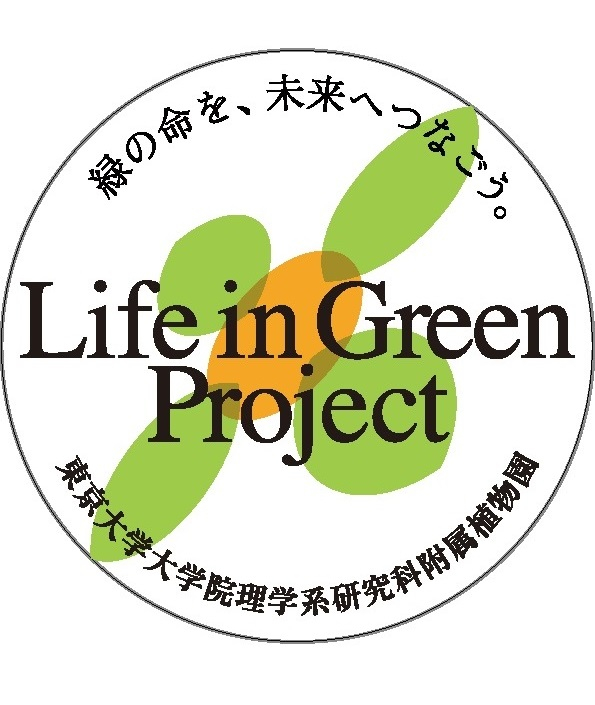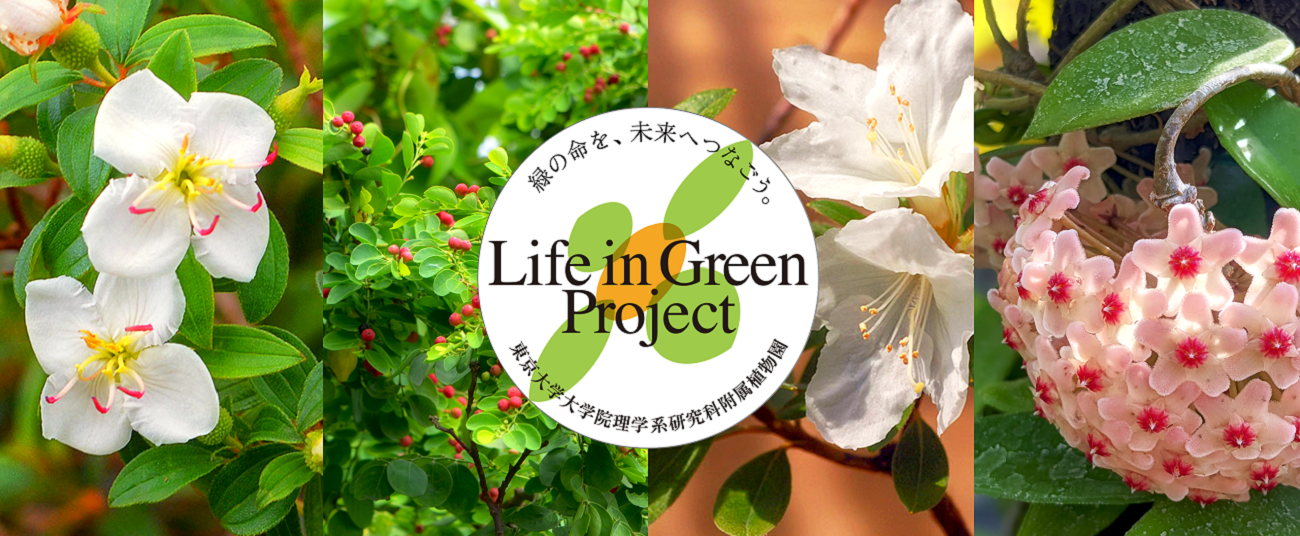
Life in Green Project (Koishikawa & Nikko Botanical Gardens)
What is the Life in Green Project?
The Life in Green Project aims to develop the Koishikawa Botanical Garden and Nikko Botanical Garden into world-class research facilities for plant diversity and to strengthen relations with the public.
Message from the Director
The Botanical Gardens, Graduate School of Science, the University of Tokyo, is known as the "birthplace of modern botany in Japan," where pioneering botanists such as Tomitaro Makino, who laid the foundations of Japanese botany, conducted their research, and is recognized worldwide as a leading center for the study of plant diversity. The main building of the Koishikawa Botanical Garden contains over 800,000 herbarium specimens, including many type specimens collected since the Meiji Period, which are regularly used not only by researchers at the botanical gardens but also by botanists from around the world.
However, due to the age of the main building, the building is leaking and the storage environment for the valuable herbarium specimens is in a worrisome condition. In addition, the herbarium has already reached its full capacity and is unable to fulfill its primary function of collecting specimens. The exterior walls of the main building are deteriorating, posing a concern for the preservation of this historic architecture.
As the 150th anniversary approaches in 2027, the Botanical Gardens will continue to enhance its facilities through the third phase of the Life in Green Project, which includes improving the environment for our herbarium specimen collection and making necessary repairs to the historic main building. The main building, which is currently not open to the public, could be made available when the herbarium specimens are moved to a new storage facility, allowing this area to be used as a lecture hall and rest area. While we are making every effort to obtain funding from government and other sources to achieve these goals, your support would greatly assist our efforts.
In an age of biodiversity crises and rapid climate change, the role of botany has become increasingly central. Leading botanical gardens abroad, supported by strong financial foundations, continue to evolve as essential hubs for conserving endangered plants, promoting plant education, and becoming cutting-edge research facilities that adapt to changing times. As we approach our 150th anniversary, we earnestly seek your support to lead Japan's renowned Koishikawa and Nikko Botanical Gardens to greater prominence on the world stage.
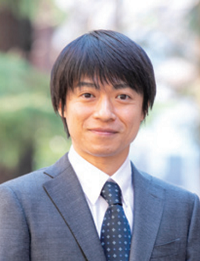
Atsushi Kawakita
Director/Professor, The Botanical Gardens,
Graduate School of Science, the University of Tokyo
Period: April 2023 to March 2028 (Commemorating the 150th anniversary of Koishikawa Botanical Garden)
Target Amount: 300 million yen
Help preserve valuable herbarium specimens and the deteriorating historic building
However, the deterioration of the main building and its limited space have created a major problem in the management of the specimens. In addition to moving the specimens to a new storage facility, we plan to renovate the main building and also open part of the building to the public for use as a seminar hall, rest area, and other purposes.
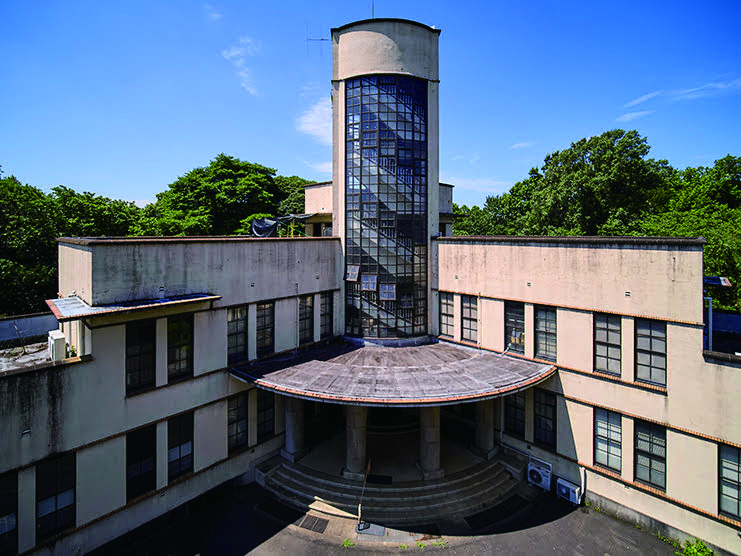
The main building of the Koishikawa Botanical Garden was built in 1939. Designed by Shozo Uchida, who also designed the Yasuda Auditorium and served as president of Tokyo Imperial University, it is a historic building with a unique symmetrical form.

The spiral staircase at the center of the main building and the large windows that allow light to enter are also important features of the main building’s design. We believe that by opening the building to the public, visitors will be able to experience the fascinating aspects of this historic architecture.
Many botanists who shaped the early days of botany in Japan conducted research at the Botanical Garden, such as Jinzo Matsumura, who became the first director of the Botanical Garden in 1897 and gave the scientific name of 'Somei-yoshino' cherry, and Tomitaro Makino, who was an amateur researcher but was admitted to the Department of Botany, where he later became a lecturer. Please help us to preserve specimens and valuable historical materials from those days.
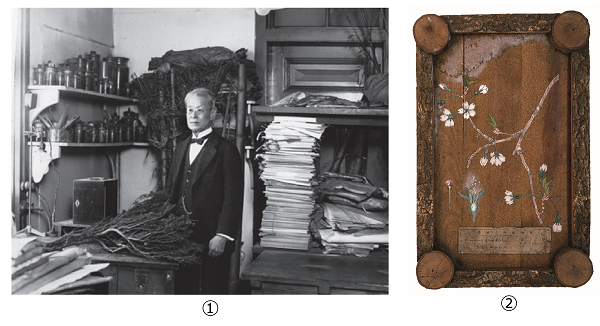
① Tomitaro Makino, who spent 37 years at the Koishikawa Botanical Garden and is known as the "Father of Japanese Botany”
② 'Hen-gaku' (wooden frame) by botanical artist Chikusai Kato
There is a need to improve the storage environment for valuable specimens.
There is a herbarium in the main building of the Koishikawa Botanical Garden where specimens are stored. The specimens need to be stored under controlled humidity and temperature, and are protected in an air-conditioned room. However, due to damage to the walls and leaks caused by the deterioration of the building, it has become increasingly difficult to manage the specimens over the years.



History of the Life in Green Project
The Life in Green Project aims to develop the Koishikawa Botanical Garden and Nikko Botanical Garden into world-class research facilities for plant diversity and to strengthen relations with the public. The first phase of the project was launched in 2010, followed by the second phase starting in 2018.
Phase 1 (2010 to the end of June 2018)
The project began with the renovation of the glasshouse at the Koishikawa Botanical Garden and the overwintering glasshouse at the Nikko Botanical Garden. We received donations totaling approximately 500 million yen, which enabled the construction of the new glasshouse at the Koishikawa Botanical Garden in May 2019. In addition, a donation of 200 million yen to Nikko Botanical Garden facilitated the completion of the Nikko Botanical Garden Field Station in December 2018, as well as the replacement of the research vehicle and the maintenance of the garden.

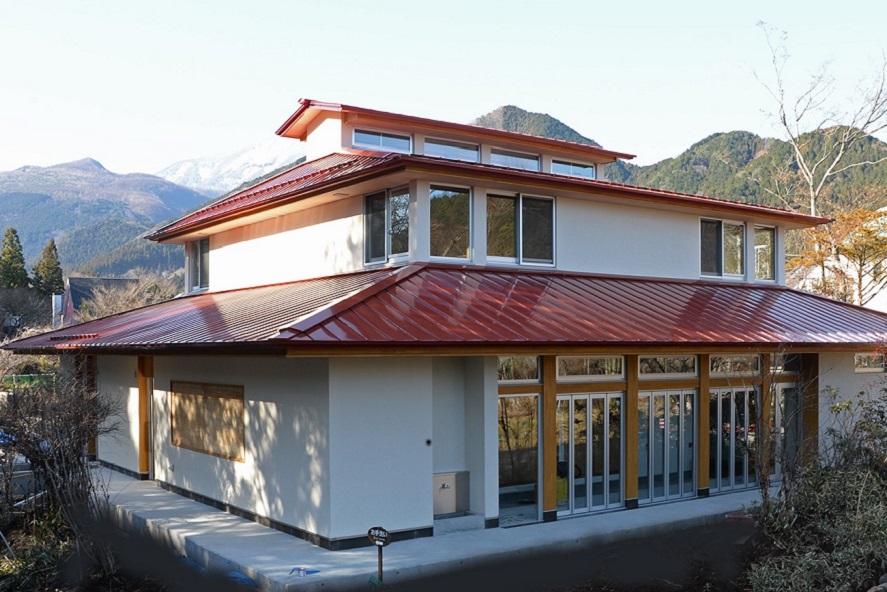
Phase 2 (July 2018 to the end of March 2023)
The project began with the primary goals of promoting research on plant diversity, preserving endangered plants, and opening the botanical garden to the public, and ultimately achieved its funding goal of 200 million yen. This enabled stable operation of the herbarium by hiring a curator, expanding outreach activities such as exhibitions and newsletters, improving the horticultural environment, and renewing the website. In addition, the deer fence at the Nikko Botanical Garden was renovated to protect the garden’s plants.


Appreciation and Acknowledgment for Donations to This Project
Invitation for cherry blossom viewing in Koishikawa Botanical Garden (donation of 10,000 yen or more)
The garden will be open specially on the closing day, and the director and other staff will guide you about the plants and historical sites in the garden (Explanation will be provided in Japanese only).
■Donors who contribute 10,000 yen or more but less than 100,000 yen during the year (from January to the end of December).
⇒ We will invite you to the next year's cherry-blossom viewing event.
■Donors who contribute 100,000 yen or more in total regardless of the period.
⇒We will invite you to the cherry blossom viewing event over the long period.
*Donor can accompany 2 extra persons (total of 3 persons) for free.
(Excess attendees can enter by purchasing tickets.)
*Invitation will be sent out in early March.

Donations of 100,000 yen or more
Donors who contribute 100,000 yen or more during the third phase (scheduled from April 2023 to March 2028) will have their names engraved on a plaque to be displayed in the glasshouse of the Koishikawa Botanical Garden.
*For individuals who did not qualify for a plaque because their donations totaled less than 100,000 yen in the first and second phases, our calculation will be based on a cumulative donation of at least 100,000 yen starting from 2010 onwards in the first phase.
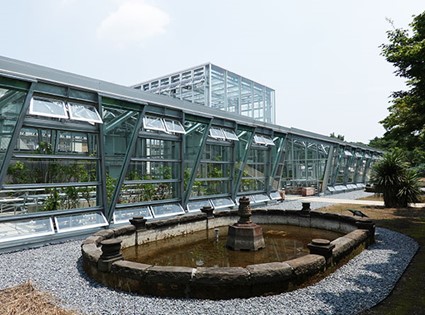
Donations of 1,000,000 yen or more
Donors who contribute 1,000,000 yen or more between April 2023 and March 2028 will have a bench installed in the Botanical Garden with a plaque engraved with the donor's name (the specific location of the bench is left to the discretion of the Garden).
* For individuals who did not qualify for a bench installation because their donations totaled less than 1,000,000 yen in the second phase, our calculation will be based on a cumulative donation of at least 1,000,000 yen starting from July 2018 onwards in the second phase.

*Donations to UTokyo Foundation are eligible for tax benefits in Japan.
*In addition to the above, UTokyo Foundation also offers appreciation and acknowledgment.


